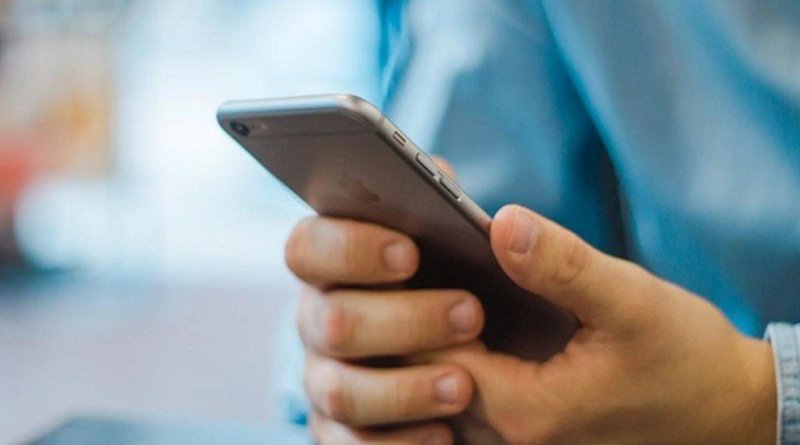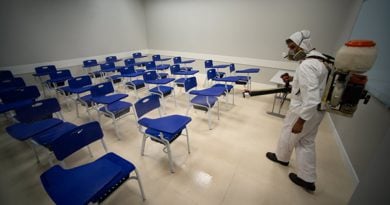Over 60% schoolchildren have access to smartphones, three-fourth receive family support: Report
Almost three quarter of all children receive some form of learning support from family members while schools are closed due to the COVID-19 pandemic, according to the Annual Status of Education Report (ASER), 2020, launched on Wednesday.

The report pointed out that among enrolled children, more than 60 per cent live in families with at least one smartphone. “This proportion has increased enormously in the last two years, from 36.5 per cent to 61.8 per cent among enrolled children. The percentage point increase is similar in households of children enrolled in government and private schools. “States that show an increase of more than 30 percentage points in the proportion of children whose families own a smartphone include Maharashtra, Gujarat, Madhya Pradesh, Himachal Pradesh and Tripura,” it said.
Conducted in September this year, the sixth month of national school closures, the survey explores provision of and access to distance education mechanisms, material and activities for children in rural India, and the ways in which children and families are engaging with these remote learning alternatives from their homes.
ASER 2020 was conducted in 26 states and four union territories. It reached a total of 52,227 households and 59,251 children in the age group of 5-16 years, as well as teachers or head teachers from 8,963 government schools offering primary grades.
“While schools are closed, almost three quarters of all children receive some form of learning support from family members. Notably, even among children whose neither parent has studied beyond primary school, family members do provide support. Older siblings play an important role in providing learning support to children in these households,” the report said. “Children in lower grades get more family support than in higher ones. Similarly, children with more educated parents receive more family support than those with less educated parents. For example, 54.8 per cent of children whose parents had completed class 5 or less received some form of family support, as compared to 89.4 per cent of children whose parents had studied beyond class 9,” it added.
The report pointed out that about one-third of enrolled children had received some form of learning material or activities from their teachers during the week preceding the survey. This proportion was higher in higher grades than in lower ones; and higher among students in private schools than in government schools.
However, there are significant variations by states in children’s receipt of learning material or activities during the reference week. “States where less than a quarter of all children had received any material include Rajasthan (21.5 per cent), Uttar Pradesh (21 per cent), and Bihar (7.7 per cent). Regardless of school type, WhatsApp was the most common medium through which activities and materials were received. However, this proportion was much higher among children in private schools (87.2 per cent) than those in government schools (67.3 per cent).
“On the other hand, of children who had received some material, those in government schools were much more likely to have received material via personal contact with a teacher (31.8 per cent) than those in private schools (11.5 per cent), either when a teacher visited the household or else when a household member visited the school,” it said.
According to the report, although only a third of children had received material from their teachers during the week preceding the survey, most children (70.2 per cent) did do some sort of learning activity during that week. “These activities were shared by diverse sources such as private tutors and family members themselves, in addition to or instead of what was received from schools. The major types of activities done involved textbooks (59.7 per cent) and worksheets (35.3 per cent).
“The proportion of children in government schools and private schools doing these activities was similar. However, one major difference visible by school type is that children in private schools were much more likely to have accessed online resources than those in government schools,” the report said.
Over 60% schoolchildren have access to smartphones, three-fourth receive family support: Report

337,827 total views



